vintage cameras index home

Early C3, f3.5/50mm uncoated Cintar
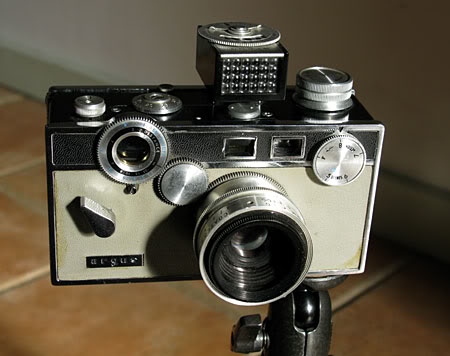
C3 Matchmatic, coated Cintar
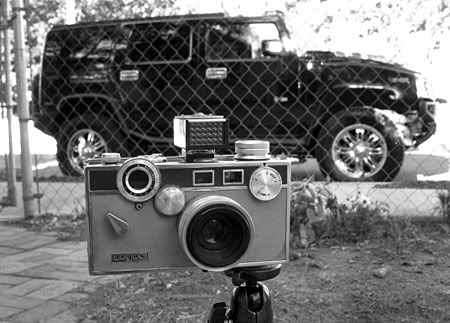
American Design
Gustave Fassin's Argus C Patent
The manuals are at the Butkus site:
The Argus designers of the 1930s set out on a daring journey indeed when they conceived the idea for the C-line of cameras. Their objective was to produce an inexpensive, reliable 35mm rangefinder with the capacity to accept interchangeable lenses and yield sharp images. Given the materials and technology available, the only way to succeed at those goals was to emphasize simplicity of operation and durable, but heavy components. The shutter of the C3 with its beams and gears spread across the face of the camera is like no other design. The rangefinder, with its odd external lens coupling is rugged and accurate. The standard 50mm Cintar lens is capable of very good sharpness. The basic design of the camera remained largely unchanged over the three decades in which it was produced, except for some cosmetic changes like the two-tone color scheme of the Matchmatic model, or the addition of a clip-on exposure meter.
I don't recall what happend to my first C3. I paid $15 for the next one a few years ago; shooting it is something of an adventure. With no double-exposure prevention mechanism, it is important to develop the habit of advancing the film immediately after making an exposure. It is also a challenge to keep your fingers away from the moving shutter-cocking handle on the camera's front which is positioned right where you normally want to grip a small camera. Aside from those quirks, the operation of the camera including the use of the double-image rangefinder is about the same as any rangefinder camera of the era. The top shutter speed of 1/300 second limits the use of modern, high-speed films in the camera, but it does a great job with the the slow to medium speed films like Kodak Gold and Fuji Sensia.
You can pick up a C3 for a song today almost anywhere, and shooting with it is guaranteed to provide you with some fun and sharp pictures. Even if you get one that looks beat up and has shutter and rangefinder problems, there is a very good chance it can be put back in good working order, even by the mechanically challenged. Information on collecting, using and restoring the Argus C3 is as ubiquitous as the camera. Good repair articles are available from Kar Yan Mak and Rick Oleson.
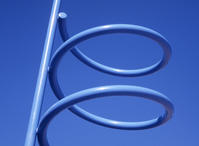


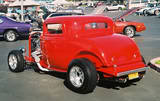
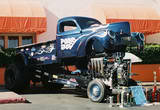
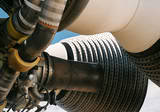
|
More C3 images are on my blog.
vintage cameras index home
 © mike connealy
© mike connealy